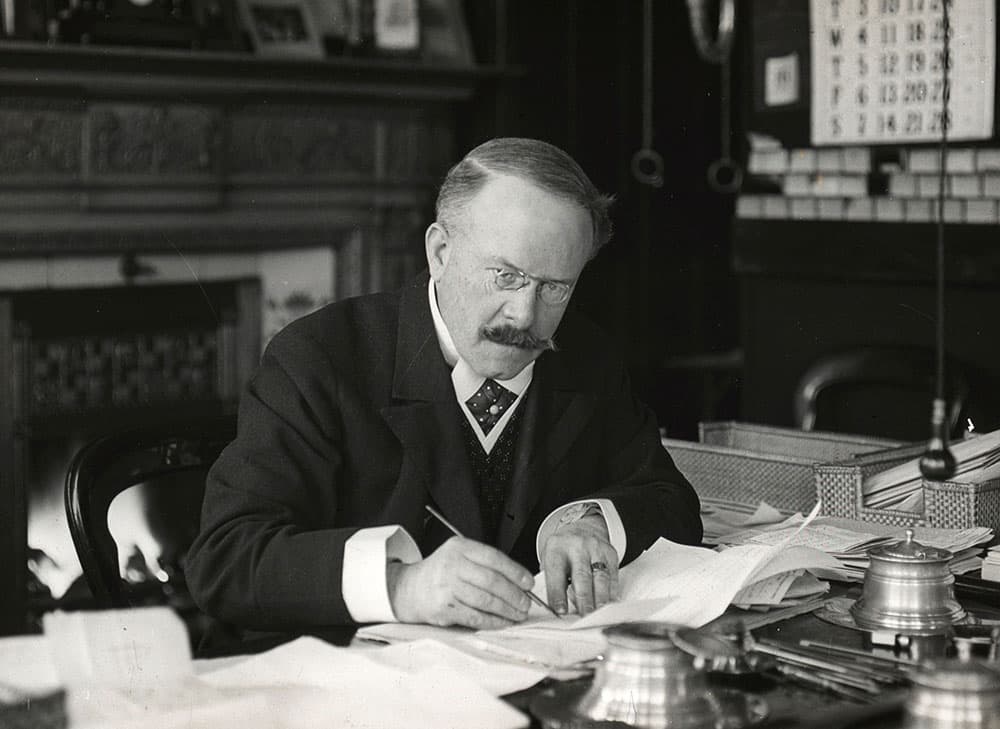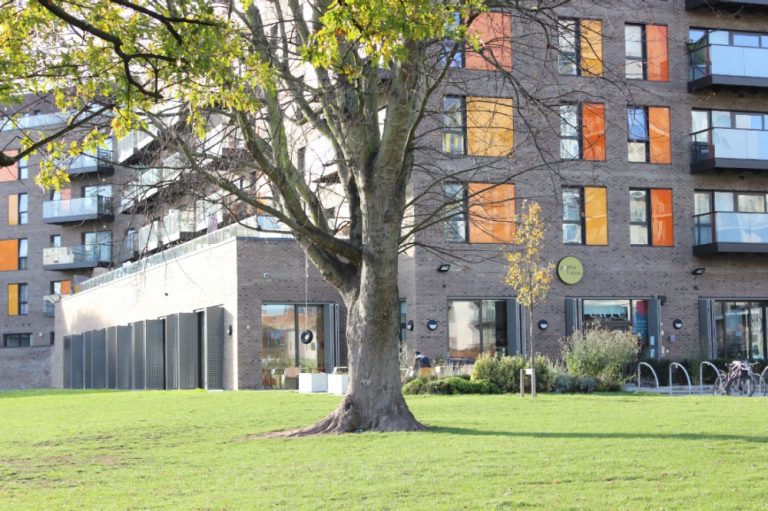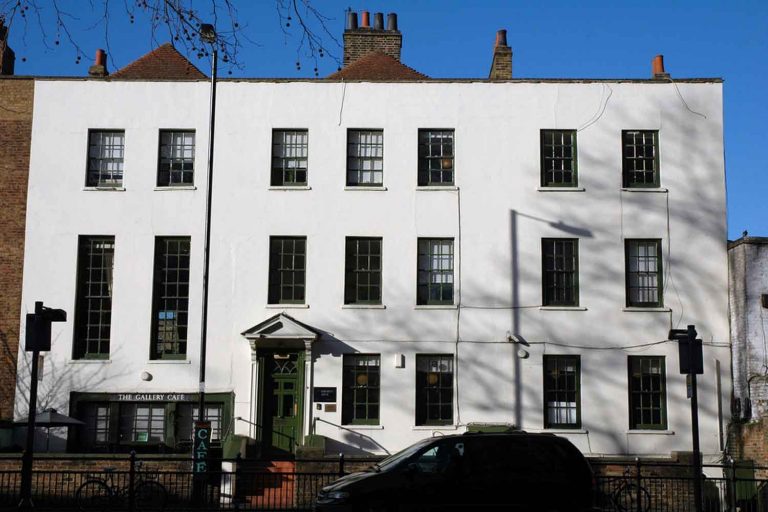Dr Barnardo, the Ragged School, philanthropy and charges of kidnapping
Dr Thomas John Barnardo was a philanthropist who lived in Bow and helped thousands of East End children. His life and work were beset by charges of kidnapping and forced child migration. Somehow, his charity survived, and continues to thrive, until today.
Early Life
Barnardo was born in 1845 in Dublin. As a young man, he moved to London to train as a doctor. When he arrived, he found children living in terrible conditions, with no access to education. Poverty and disease were so widespread that one in five children died before their fifth birthday.
When a cholera epidemic swept through the East End, leaving 3000 people dead, he felt an urgent need to help.
Dr Barnardo and the Ragged School
His first step, in 1867, was to set up a ‘ragged school’ where children could get a free basic education. The memory of these ‘ragged schools’ is protected in today’s East End by the Ragged School Museum that was set up in 1990.
One evening a boy at the school, Jim Jarvis, took Dr Barnardo around the East End, showing him children sleeping on roofs and in gutters. What he saw affected him so deeply he decided to abandon his medical training entirely and devote himself to helping children living in poverty.
In 1870, he founded a boys’ orphanage. As well as putting a roof over their heads, the home trained the boys in carpentry, metalwork and shoemaking.
To begin with, there was a limit to the number of boys who could stay there. But when an 11-year-old boy was found dead two days after being told the shelter was full, Barnardo vowed never to turn another child away.
Dr Barnardo’s radical methods
Dr Barnardo’s work was radical. The Victorians saw poverty as shameful, and the result of laziness. But Barnardo refused to discriminate between the ‘deserving’ and ‘undeserving’ poor. He accepted all children, including black and disabled children, and those born outside marriage.
In 1873, Barnardo married Syrie Louise Elmslie, who was to play an important role in the development of the charity. As a wedding present, they were given a lease on a 60-acre site in Barkingside, east London, where the couple opened a home for girls. Syrie was especially keen to support girls who had been driven to prostitution. Protecting children from sexual exploitation continues to be an important part of Barnardo’s work today.
The Barnardos believed that children could be best supported if they were living in small, family-style groups looked after by a house ‘mother’.
By 1900 the Barkingside ‘garden village’ had 65 cottages, a school, a hospital and a church, and provided a home and training to 1500 girls.
Early on in his work, Barnardo was accused of kidnapping children without their parents’ permission and of falsifying photographs of children to make the distinction between the period before they were rescued by Barnardo’s and afterwards seem more dramatic. He openly confessed to the former of these charges, describing it as ‘philanthropic abduction’ and basing his defence on the idea that the end justifies the means.
Throughout his career, he was taken to court on 88 occasions, largely on the charge of kidnapping. Despite this, he was a charismatic speaker and popular figure and he got through these scandals unscathed.
Barnardo was also implicated in the scandal of forced child migration, in which children from poor social backgrounds were taken to the former colonies Australia, New Zealand, Canada by churches and charities, without their parents’ consent and even under false claims of death. Although this was a legal scheme, in many cases the children suffered harsh life conditions and many also underwent abuse. This practice went on until the 1970’s.
By the time he died in 1905, Barnado’s institutions cared for over 8,500 children in 96 locations.
After his death

After his death, his work was carried on under the name Dr Barnardo’s Homes. In the mid-20th century, the charity changed its focus from the direct care of children to fostering and adoption, and renamed itself Dr Barnardo’s.
Following the closure of its last traditional orphanage in 1989, his organisation took the still simpler name of Barnardo’s. The official mascot of Barnardo’s today is a bear called Barney.
A blue heritage plaque stands at 32 Bow Road where Barnardo used to live saying ‘Thomas Barnado, 1845-1905, Founder of Dr Barnado’s Homes for Children lived here 1875-1879’.
The statue in Tower Hamlets Cemetery Park

In 2016, a statue was unveiled in Tower Hamlets Cemetery Park to remember more than 500 Barnardo’s children that are buried in unmarked graves. Thomas Barnardo, who founded his charity in 1867, gave all of the children proper burials, but could not afford headstones.
Jean Clark, who was helped by Barnardo’s as a child, raised £10,000 to pay for the sculpture. Tom Nicholls, who helped decorate the Queen’s Jubilee barge, created the sculpture out of Portland Stone.
It stands in the Cemetery Park, to ensure those children are never forgotten.
Dr Barnardo’s today
Today, Barnardo’s continues much of its good work. Their work no longer focuses solely on fostering and adoption, but supports children who are in all different kinds of need. To get involved through fundraising, donating, volunteering or even fostering, head to their website.
If you like this, you might like our piece on Ability Bow.









I used to work for Barnardos in the 1950s I think it was Cable Street, or just off. But there seems to be no mention of this. I know that children were there as my office was a dormitory = I worked for JOHN Haywood Jones. I was his secretary. It was a long time ago! Before his famous son BECAME FAMOUS. I remember him as a very very shy man, where David came from is a miracle. Such a shame they are both no longer here.